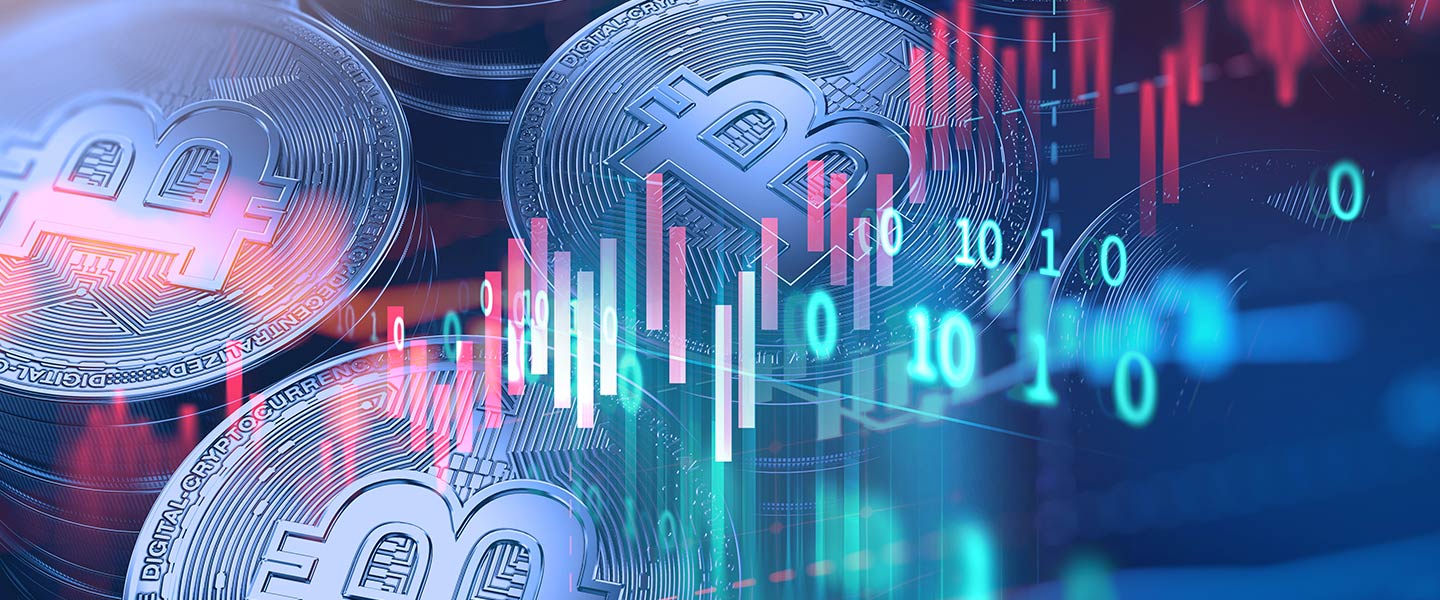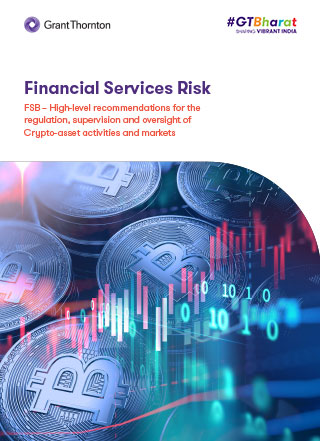Key highlights of the publication
- The FSB recommends that the crypto asset regulatory framework be benchmarked against any of the existing regulations or internal standards that address financial stability risks from a set of activities similar to those of crypto assets. The regulatory framework should be aimed at providing adequate protection to all relevant parties, including the consumers as well as investors.
- The FSB recommends that the regulatory framework put in place by the authorities in each jurisdiction should mandate crypto-asset issuers and service providers to have and disclose a comprehensive and robust governance framework proportional to their risk, size, complexity, systemic importance, and financial stability risk that they pose.
- It is recommended that the regulatory framework put in place by the authorities in each jurisdiction mandate crypto-asset issuers and service providers to have an effective risk management framework in place that identifies and adequately addresses all material risks associated with their activities.
- A common practice that is observed in the crypto space is that the responsibility of several functions is bifurcated within a group’s affiliate entities under a common brand name. Thus, the regulator must supervise and address the risks arising from the combination of all affiliates’ multiple activities and functions.
- An effective business continuity plan and effective contingency arrangements for crypto-asset issuers and service providers would act as a key control to address the threats that could disrupt the functioning of the business, which could have a cascading effect on other affiliated players in the economy.
- As and when the crypto markets will evolve in India, traditional credit-related products may also be offered to crypto players and hence, such a scenario will entail close supervision and continuous monitoring by regulators of both ecosystems.









